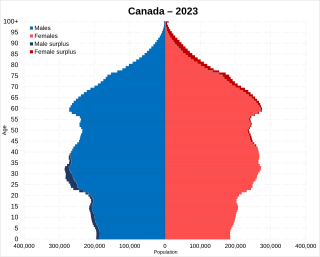
Statistics Canada conducts a country-wide census that collects demographic data every five years on the first and sixth year of each decade. The 2021 Canadian census enumerated a total population of 36,991,981, an increase of around 5.2 percent over the 2016 figure, Between 2011 and May 2016, Canada's population grew by 1.7 million people, with immigrants accounting for two-thirds of the increase. Between 1990 and 2008, the population increased by 5.6 million, equivalent to 20.4 percent overall growth. The main driver of population growth is immigration, and to a lesser extent, natural growth.
Statistics Canada, formed in 1971, is the agency of the Government of Canada commissioned with producing statistics to help better understand Canada, its population, resources, economy, society, and culture. It is headquartered in Ottawa.
Race and ethnicity in the United States census, defined by the federal Office of Management and Budget (OMB) and the United States Census Bureau, are the self-identified categories of race or races and ethnicity chosen by residents, with which they most closely identify, and indicate whether they are of Hispanic or Latino origin.

Lloydminster is a city in Canada which has the unusual geographic distinction of straddling the provincial border between Alberta and Saskatchewan. The city is incorporated by both provinces as a single city with a single municipal administration.

According to the 2021 Canadian census, over 450 "ethnic or cultural origins" were self-reported by Canadians. The major panethnic origin groups in Canada are: European (52.5%), North American (22.9%), Asian (19.3%), North American Indigenous (6.1%), African (3.8%), Latin, Central and South American (2.5%), Caribbean (2.1%), Oceanian (0.3%), and Other (6%). Statistics Canada reports that 35.5% of the population reported multiple ethnic origins, thus the overall total is greater than 100%.

La Ronge is a northern town in the boreal forest of central Saskatchewan, Canada. Its location is approximately 250 km (160 mi) north of Prince Albert where Highway 2 becomes Highway 102. La Ronge lies on the western shore of Lac la Ronge, is adjacent to Lac La Ronge Provincial Park, and is on the edge of the Canadian Shield.
Finnish Canadians are Canadian citizens of Finnish ancestry or Finns who emigrated to and reside in Canada. In 2016, 143,645 Canadians claimed Finnish ancestry. Finns started coming to Canada in the early 1880s, and in much larger numbers in the early 20th century and well into the mid-20th century. Finnish immigration to Canada was often a direct result of economic depressions and wars, or in the aftermath of major conflicts like the Finnish Civil War. Canada was often chosen as a final destination because of the similarity in climate and natural conditions, while employment in logging or homesteading attracted landless farmers in the early 20th century. Migratory movements of Finns between Canada and the United States was very common as well.
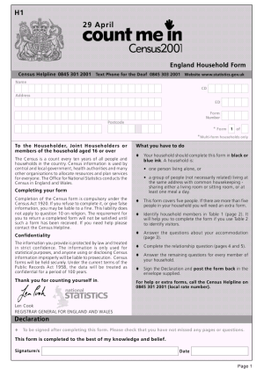
Coincident full censuses have taken place in the different jurisdictions of the United Kingdom every ten years since 1801, with the exceptions of 1941, Ireland in 1921/Northern Ireland in 1931, and Scotland in 2021. In addition to providing detailed information about national demographics, the results of the census play an important part in the calculation of resource allocation to regional and local service providers by the UK government.

The 2006 Canadian census was a detailed enumeration of the Canadian population. Census day was May 16, 2006. The following census was the 2011 census. Canada's total population enumerated by the 2006 census was 31,612,897. This count was lower than the official July 1, 2006 population estimate of 32,623,490 people. The previous census was the 2001 census and the following census was in 2011 census.
Statistics Canada conducts a national census of population and census of agriculture every five years and releases the data with a two-year lag.

The 2011 Canadian census was a detailed enumeration of the Canadian population on May 10, 2011. Statistics Canada, an agency of the Canadian government, conducts a nationwide census every five years. In 2011, it consisted of a mandatory short form census questionnaire and an inaugural National Household Survey (NHS), a voluntary survey which replaced the mandatory long form census questionnaire; this substitution was the focus of much controversy. Completion of the census is mandatory for all Canadians, and those who do not complete it may face penalties ranging from fines to prison sentences.
The 1911 Canadian census was a detailed enumeration of the Canadian population. The census was started on June 1, 1911. All reports had been received by February 26, 1912. The total population count of Canada was 7,206,643. This was an increase of 34% over the 1901 census of 5,371,315.
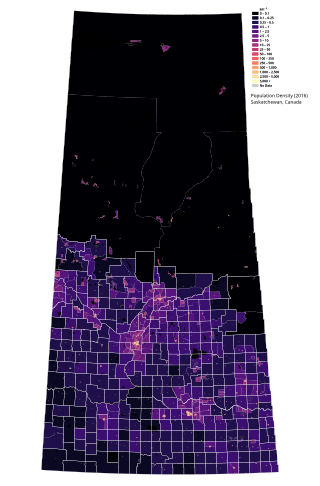
Saskatchewan is the middle province of Canada's three Prairie Provinces. It has an area of 651,900 km² (251,700 mi²) and a population of 1,132,505 (Saskatchewanians) as of 2021. Saskatchewan's population is made of 50.3% women and 49.7% men. Most of its population lives in the Southern half of the province.
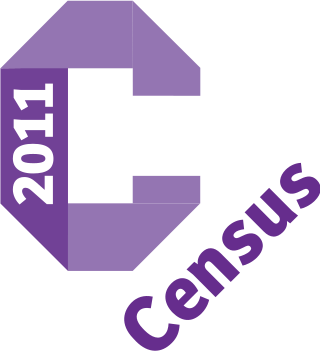
A census of the population of the United Kingdom is taken every ten years. The 2011 census was held in all countries of the UK on 27 March 2011. It was the first UK census which could be completed online via the Internet. The Office for National Statistics (ONS) is responsible for the census in England and Wales, the General Register Office for Scotland (GROS) is responsible for the census in Scotland, and the Northern Ireland Statistics and Research Agency (NISRA) is responsible for the census in Northern Ireland.

Many countries and national censuses currently enumerate or have previously enumerated their populations by race, ethnicity, nationality, or a combination of these characteristics. Different countries have different classifications and census options for race and ethnicity/nationality which are not comparable with data from other countries. In addition, many of the race and ethnicity concepts that appear on national censuses worldwide have their origins in Europe or in the views of Europeans, rather than in the views of the locals of these countries.

This is a list of national population and housing censuses.
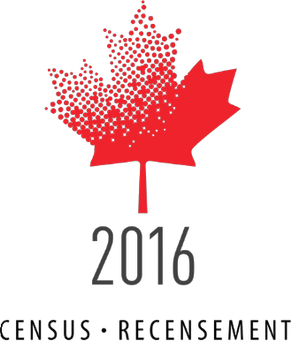
The 2016 Canadian census was an enumeration of Canadian residents, which counted a population of 35,151,728, a 5% change from its 2011 population of 33,476,688. The census, conducted by Statistics Canada, was Canada's seventh quinquennial census. The official census day was May 10, 2016. Census web access codes began arriving in the mail on May 2, 2016. The 2016 census marked the reinstatement of the mandatory long-form census, which had been dropped in favour of the voluntary National Household Survey for the 2011 census. With a response rate of 98.4%, this census is said to be the best one ever recorded since the 1666 census of New France. This census was succeeded by Canada's 2021 census.
The 1916 Canadian census was the second of a series of special censuses conducted by the Government of Canada covering the rapidly expanding Northwest Provinces of Alberta, Saskatchewan, and Manitoba. These censuses were conducted every ten years from 1906 to 1946. This census was conducted as at June 1, 1916.
The 1871 Canadian census marked the first regularly scheduled collection of national statistics of the Canadian population on April 2, 1871, as required by section 8 of the British North America Act. The constitution required a census to be taken in 1871 and every tenth year thereafter. Parliament implemented the requirements of the constitution through the Census Act of May 12, 1870. In the first census, the population of Canada was enumerated to be 3,485,761.

The 2021 Canadian census was a detailed enumeration of the Canadian population with a reference date of May 11, 2021. It follows the 2016 Canadian census, which recorded a population of 35,151,728. The overall response rate was 98%, which is slightly lower than the response rate for the 2016 census. It recorded a population of 36,991,981, a 5.2% increase from 2016.











